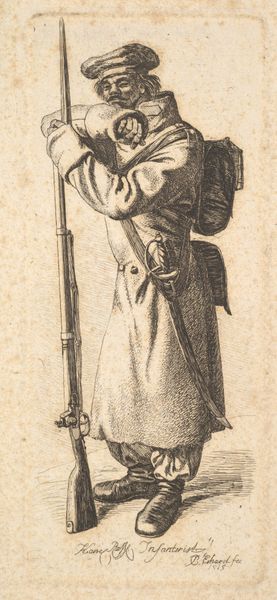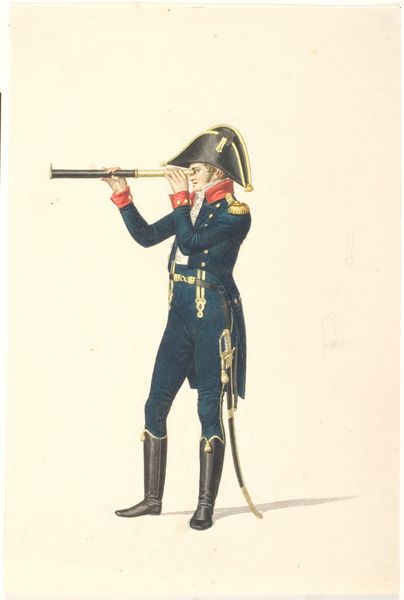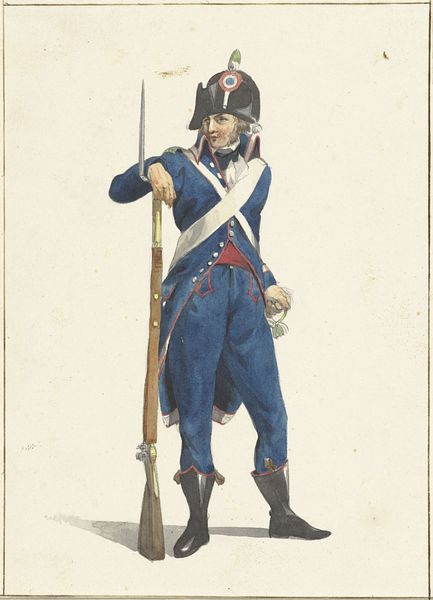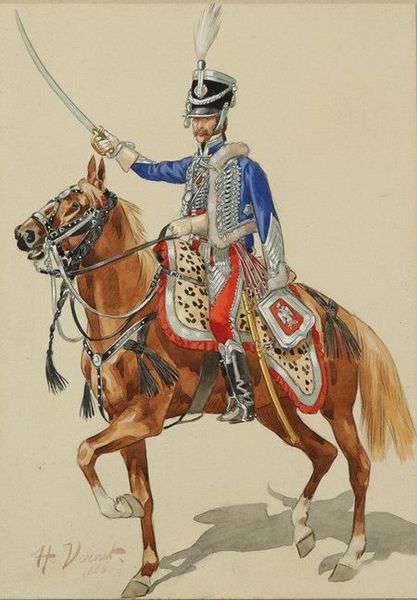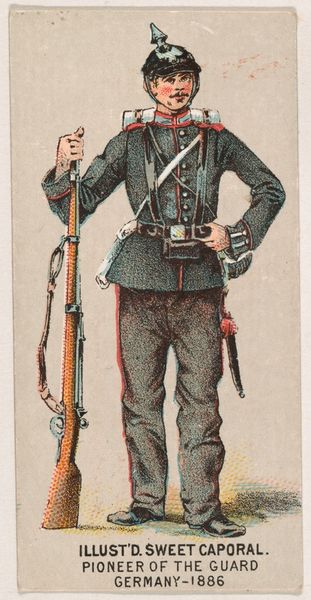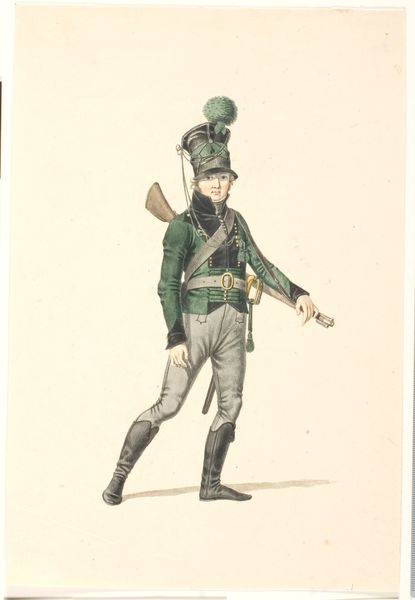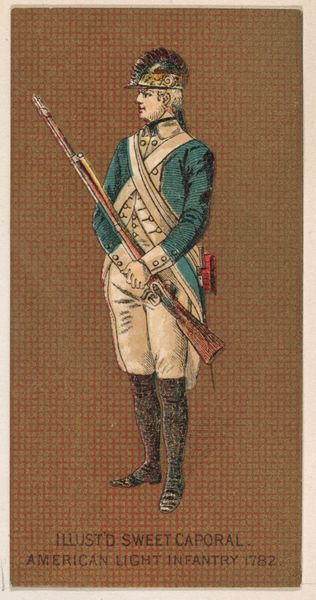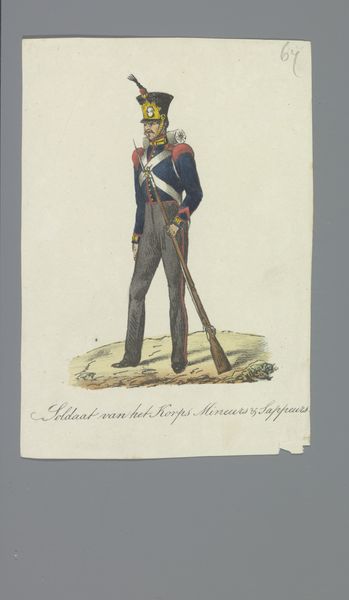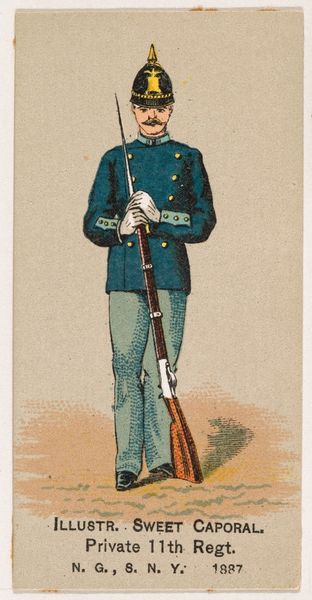
Double-Barrel Revolving Flintlock Pocket Pistol c. 1650 - 1660
0:00
0:00
metal, bronze, sculpture, wood
#
weapon
#
baroque
#
metal
#
bronze
#
sculpture
#
wood
#
armor
#
arm
Dimensions: L. 27.3 cm (10 3/4 in.) Barrel L. 12.7 cm (5 in.) Wt. 1 lb. 2 oz. Caliber .46
Copyright: Public Domain
Curator: Our attention is drawn to an intriguing artifact from the mid-17th century, a Double-Barrel Revolving Flintlock Pocket Pistol. Henri Suber is credited with its crafting, offering a glimpse into the history of weaponry and craftsmanship. Editor: It strikes me as surprisingly elegant, almost jewel-like despite its lethal purpose. The dark wood contrasts beautifully with the polished metal. A rather disquieting mix of beauty and violence, wouldn't you say? Curator: Indeed. The pistol showcases the Baroque aesthetic in miniature. The materials—wood, bronze, and metal—are deployed to create intricate surface textures. Note the almost floral embellishments on the rotating mechanism and along the barrel. It attempts to ennoble a base function, yes? Editor: I agree. Its existence also speaks to the social history of the period, though, doesn't it? Concealable weapons like these likely proliferated amongst the aristocracy during a time of frequent political instability. I wonder about its users; its influence in the public or even private sphere. Curator: Perhaps. It can also be argued that the mere fact of its aesthetic quality reflects upon the increasing value and recognition of artisans and specialized labor within early modern economies. I want to return to its composition, though; do we see it as functional, symbolic, or something more? Editor: Well, I think the answer lies in understanding how such weapons could reinforce social hierarchies. The artistry of a piece such as this reflects not just on Suber's skill but also on the economic power of the pistol's owner— the implicit and explicit social performance of threat that it allowed. Curator: So you view it primarily as a statement piece, its efficacy overshadowed by its role as a signifier of wealth and power? Editor: Absolutely, to possess an exquisitely crafted weapon meant something significant within the delicate sociopolitical balances of the era. The implied danger enhances that position. Curator: A persuasive point. Looking at this small yet formidable instrument of the past through multiple lenses, from aesthetic construction to the historical circumstances of its design, proves just how rich the dialogue with artworks like this can be. Editor: Precisely, our shifting understanding helps us reflect on how intertwined visuality, utility, and historical narratives really are, especially where this elegant but ultimately devastating object is concerned.
Comments
No comments
Be the first to comment and join the conversation on the ultimate creative platform.

